Evolving into a sophisticated cyber-physical system totally interwoven with digital technologies, the power grid is not only a network of wires and substations. This makes power systems especially vulnerable to cyber threats and therefore calls for security for national and economic security.
Why Power Systems Are Vulnerable
The reliance of the power systems upon the digital controls systems, SCADA (Supervisory Control and Data Acquisition) and ICS (Industrial Control Systems), is growing. While these systems deliver efficiency and control functionalities to the operation of power systems, they also introduce several cyber vulnerabilities.
Key challenges include:
• Old Technology: Most of the control system installations preceded any concern for cybersecurity.
• Connectivity: Getting connected with IT networks increases vulnerability.
• Remote Access: These systems can be monitored and maintained remotely with ease, though putting security measures in place is often avoided; hence, their susceptibility to being breached becomes increased.
• Nonstandard: Different cybersecurity protocols and tools widen the gap.
Real-World Threats and Attacks
Cybercriminal attacks on power infrastructure are no more theoretical. The examples of the 2015 Ukraine power grid assault, where hackers brought down parts of the grid using advanced spear-phishing and malware techniques, serve as testimony to the strength and destructiveness of such attacks.
Other threats include:
• Ransomware targeting energy companies
• Supply chain attacks
• Insider threats and human error
•
Nation-state attacks focused on disruption or espionage.
Key Areas for Cybersecurity Focus
1. Vulnerability Management and Risk Assessment
Identify vital assets and conduct risk assessments.
Perform and maintain regular scans for vulnerabilities, along with occasional
penetration testing.
2. Network Segmentation and Monitoring:
Operational networks should ideally be isolated from
corporate networks.
Deploy IDS and continuously watch the network.
3. Access Control and Authentication
Activated stingy multi-factor authentication.
No excessive job scope when consulting the needed systems.
4. Patch Management & System Updates
Update
the software and firmware.
Introduce fast processes for remedying zero-day vulnerabilities.
5. Incident Response Planning
Develop
and test an incident response plan.
Fail-over and recovery strategies must be in place for continuity and
maintenance.
6. Employee Training & Awareness
Educate
the staff on the best cybersecurity practices through training sessions.
Carry out phishing drills and periodic awareness training programs.
The Role of Government and Regulation
Governments
all around are tightening rules on critical infrastructure cybersecurity. While
the Cybersecurity and Infrastructure Security Agency (CISA) offers advice and
help, NERC CIP (North American Electric Reliability Corporation Critical
Infrastructure Protection) standards guide this sector in the United States.
The initiative now turns into a genuine public-private partnership for sharing
threat intelligence and best practices as well as for cooperation during
large-scale threats.
Emerging Technologies and Future Outlook
- Use of AI and machine learning to detect any anomalies and mitigation of any threat is a common thing these days.
- For these reasoning’s, there could be secure logging and data sharing that is immutable, all by the same blockchain.
- In the landscape of secure system concept and design, trust no one, trust nothing is the norm.
Power Systems that get modernized with smart grids, IoT devices, and distributed energy resources would interconnect with cybersecurity, which must co-evolve as part of the same scope.
Final Thoughts
Securing energy delivery infrastructures has become something like the securing of IPD in the present age: an important safeguard to the backbone of the day-to-day working of electronic living. Every sector, from hospitals to communication networks to nation-states, is dependent on electric power for reliable operation. A possible area for improvement is the post-operation analysis of cybersecurity interventions.
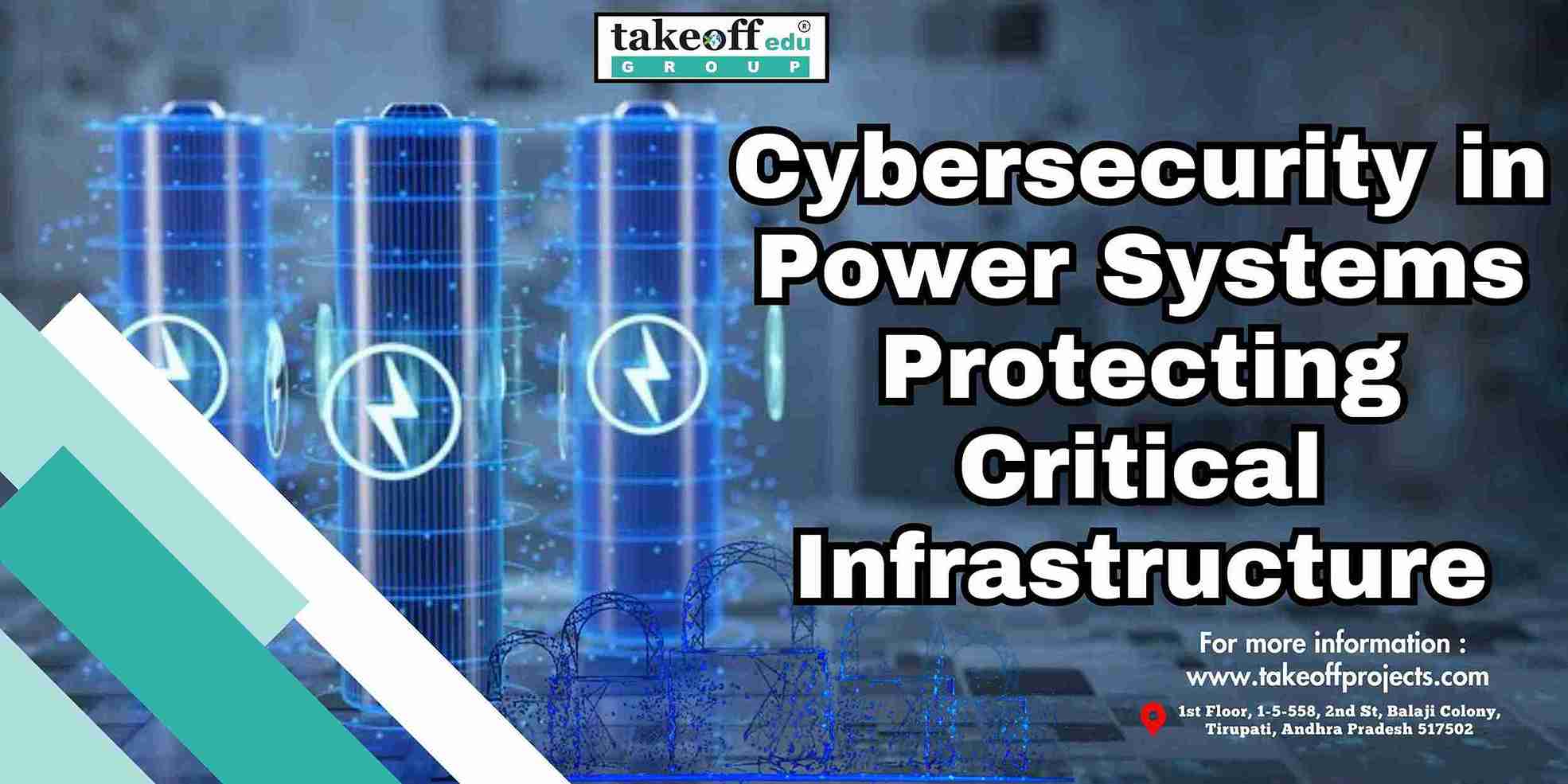
 Power Electronics for Smart Grids: Enhancing Efficiency
Power Electronics for Smart Grids: Enhancing Efficiency 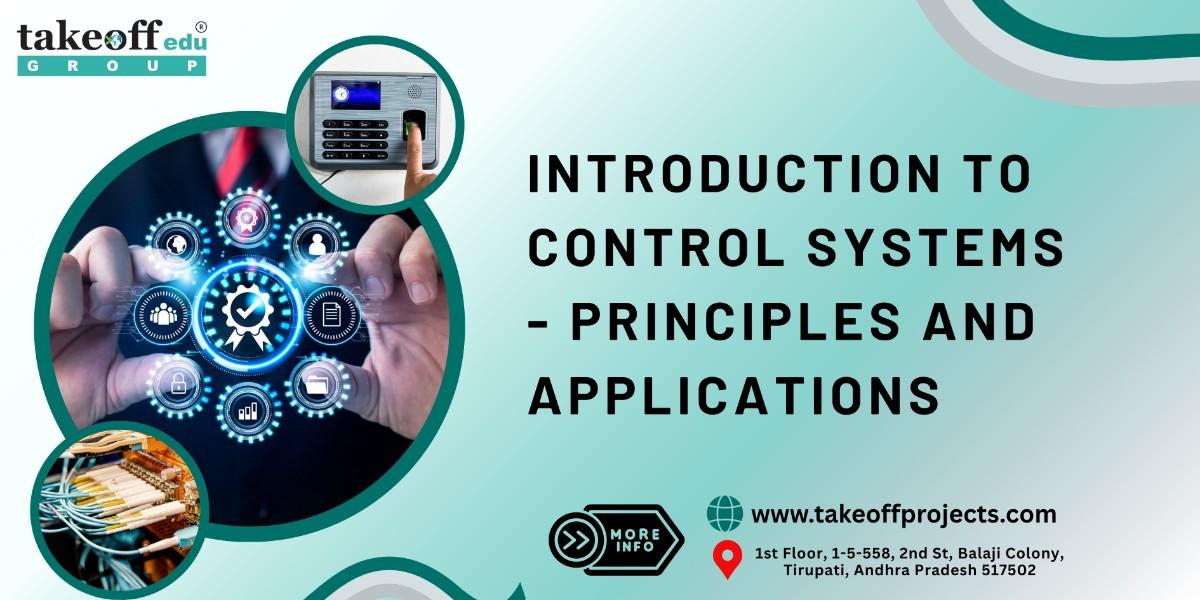 Introduction to Control Systems: Principles and Applications
Introduction to Control Systems: Principles and Applications 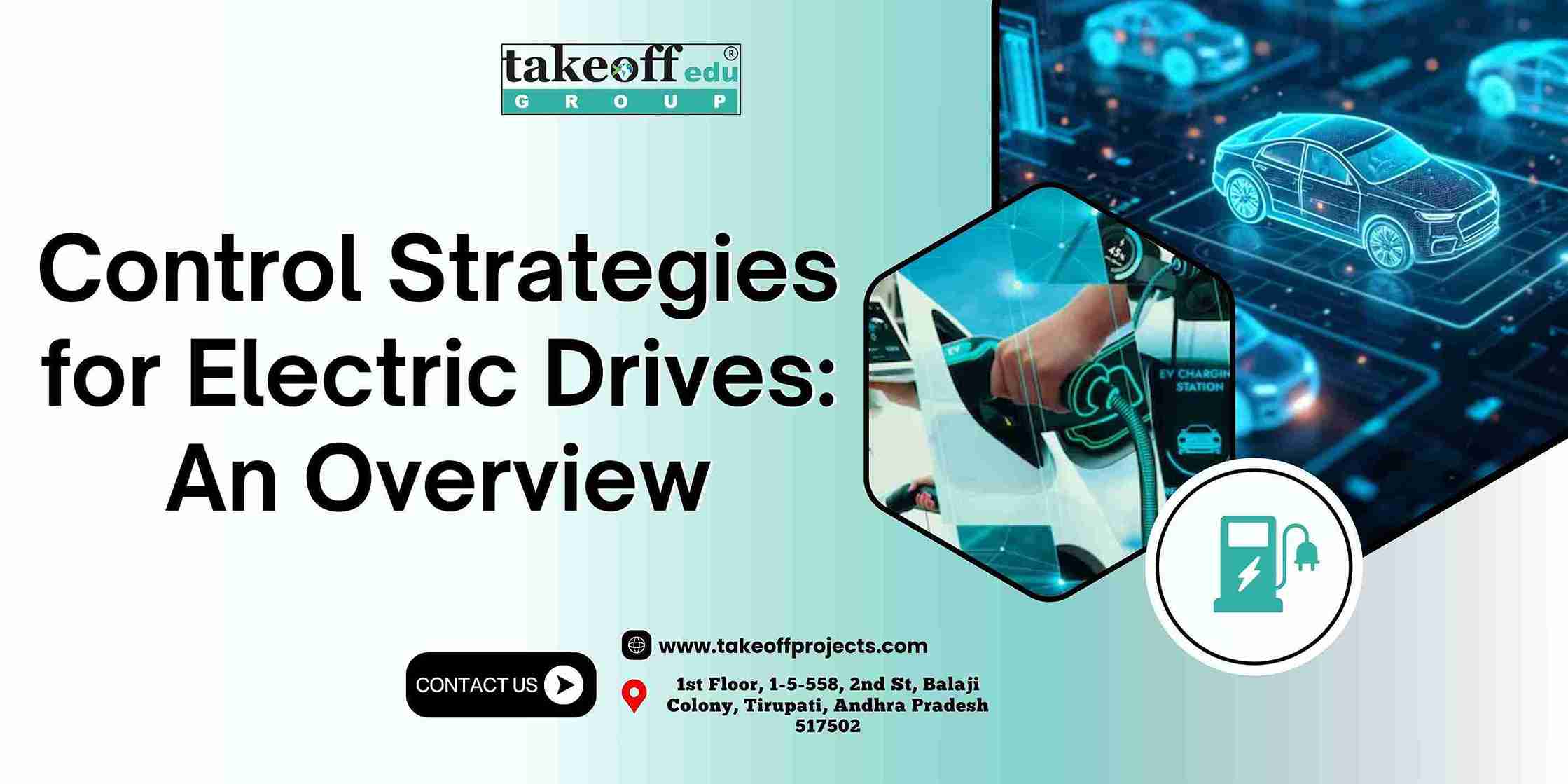 Control Strategies for Electric Drives: An Overview
Control Strategies for Electric Drives: An Overview  Electric Drives: Fundamentals & Key Components
Electric Drives: Fundamentals & Key Components 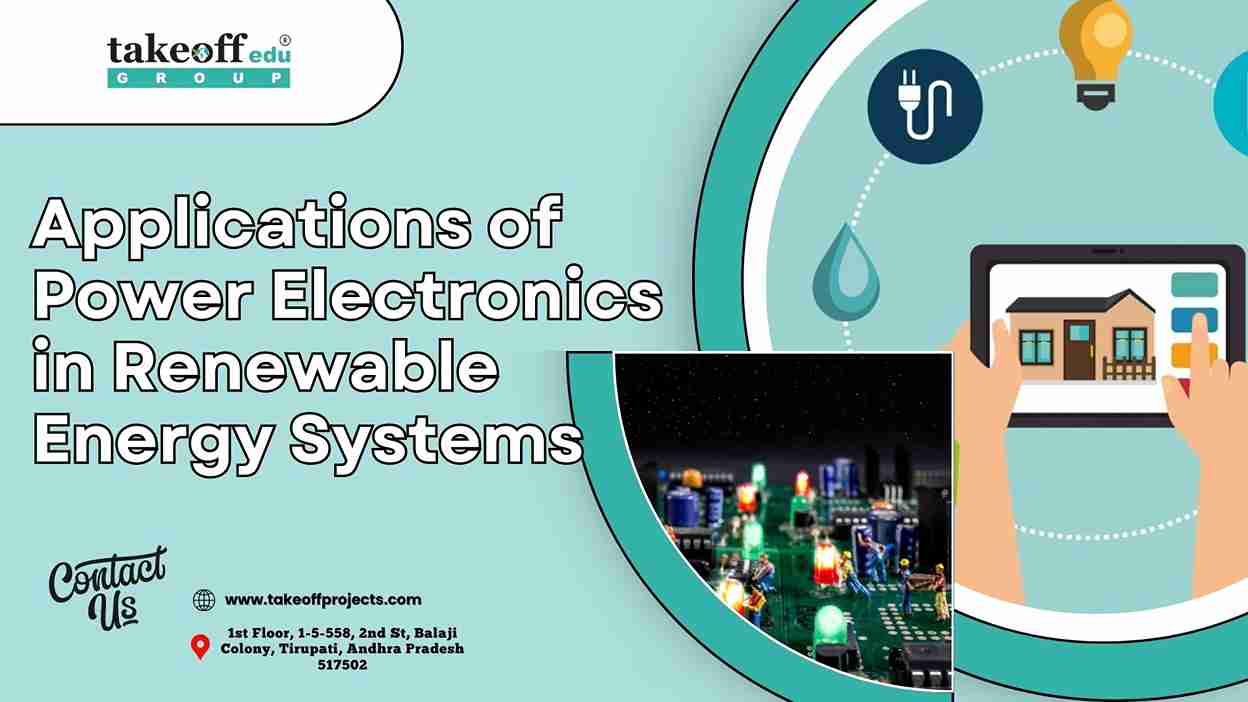 Applications of Power Electronics in Renewable Energy Systems
Applications of Power Electronics in Renewable Energy Systems  Designing Efficient Power Converters: Tips and Techniques
Designing Efficient Power Converters: Tips and Techniques  Advances in Power Semiconductor Devices
Advances in Power Semiconductor Devices 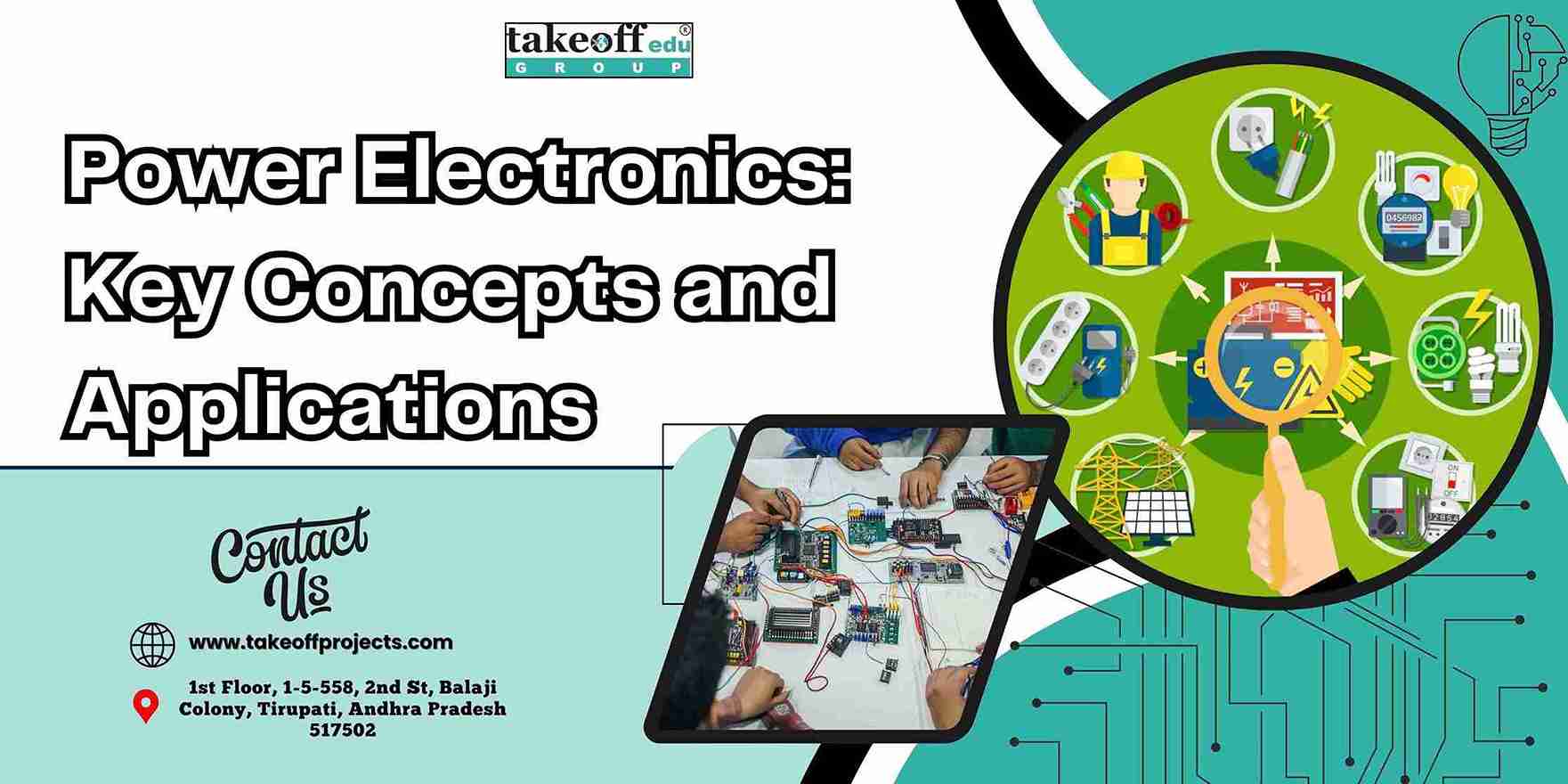 Power Electronics: Key Concepts and Applications
Power Electronics: Key Concepts and Applications 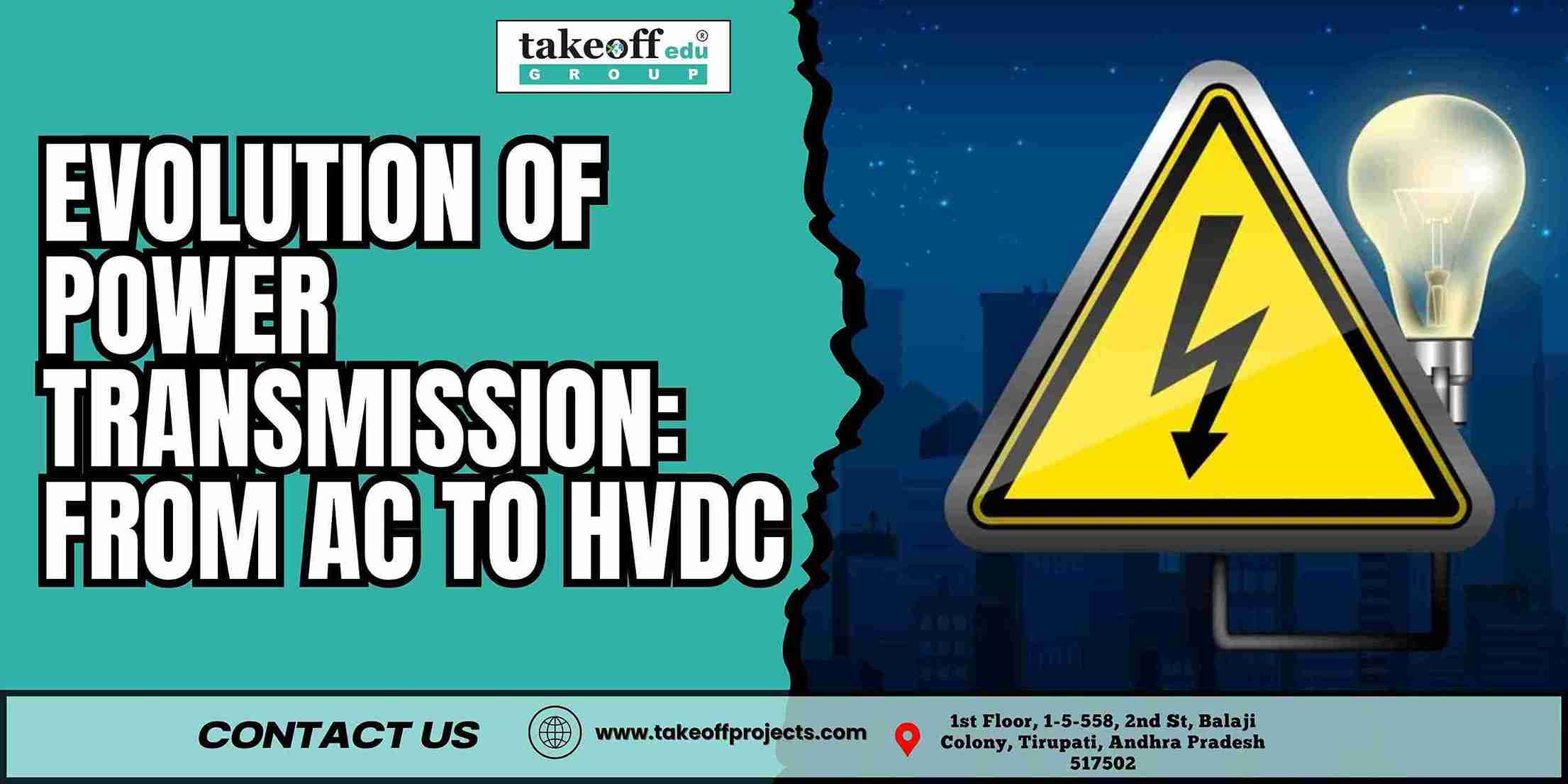 The Evolution of Power Transmission: From AC to HVDC
The Evolution of Power Transmission: From AC to HVDC 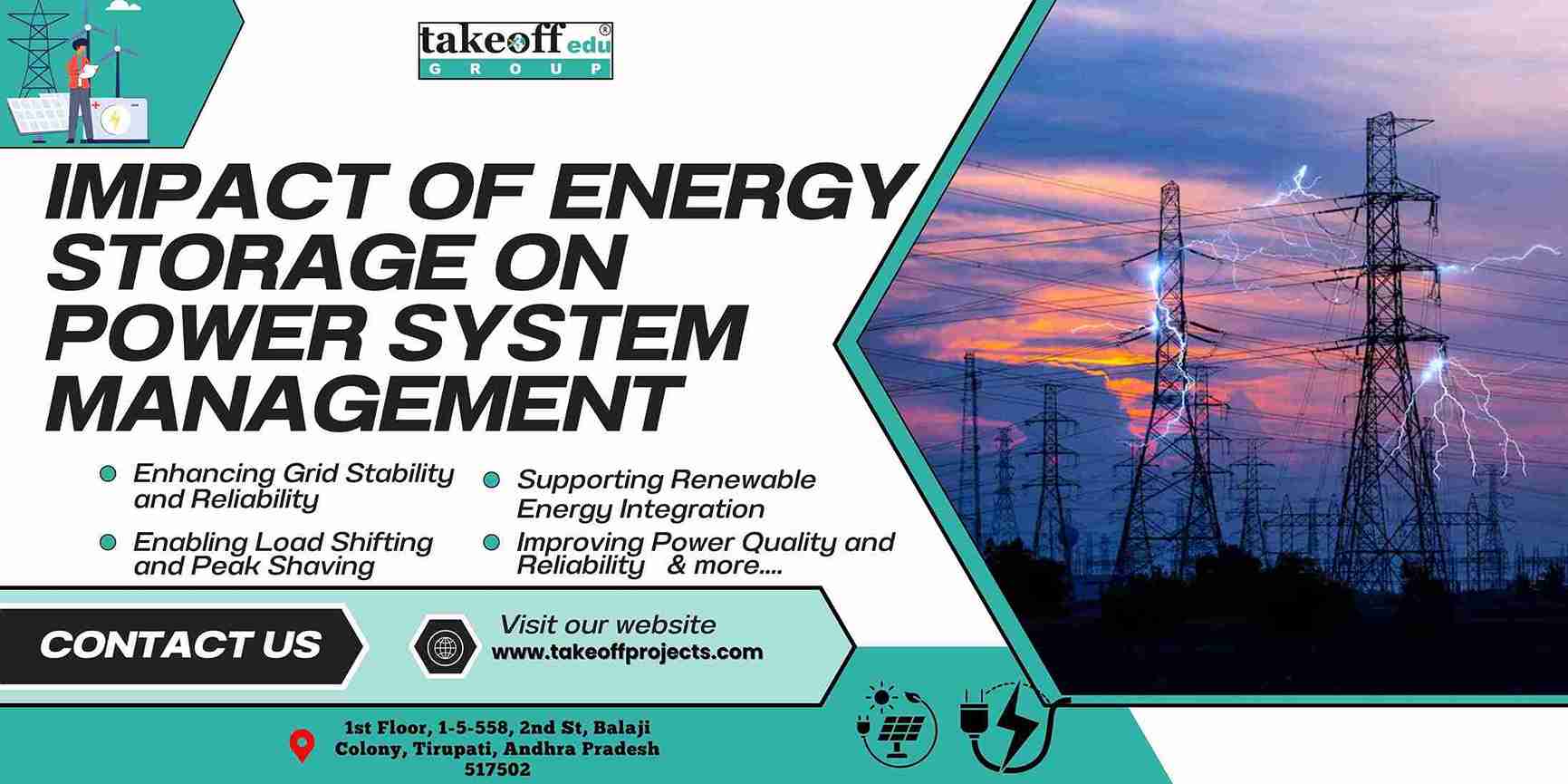 Impact of Energy Storage on Power System Management
Impact of Energy Storage on Power System Management 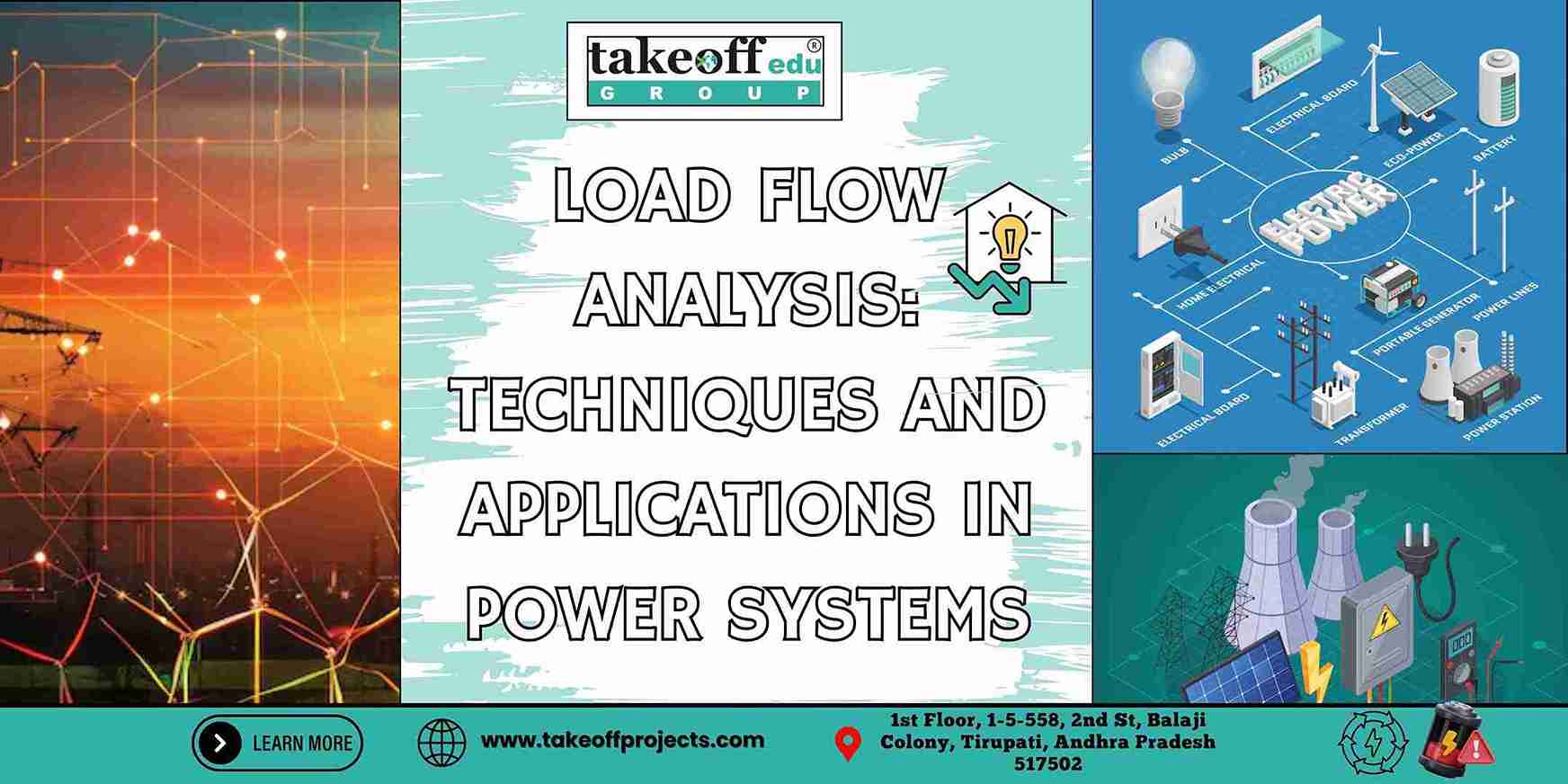 Load Flow Analysis : Techniques and Applications in Power Systems
Load Flow Analysis : Techniques and Applications in Power Systems 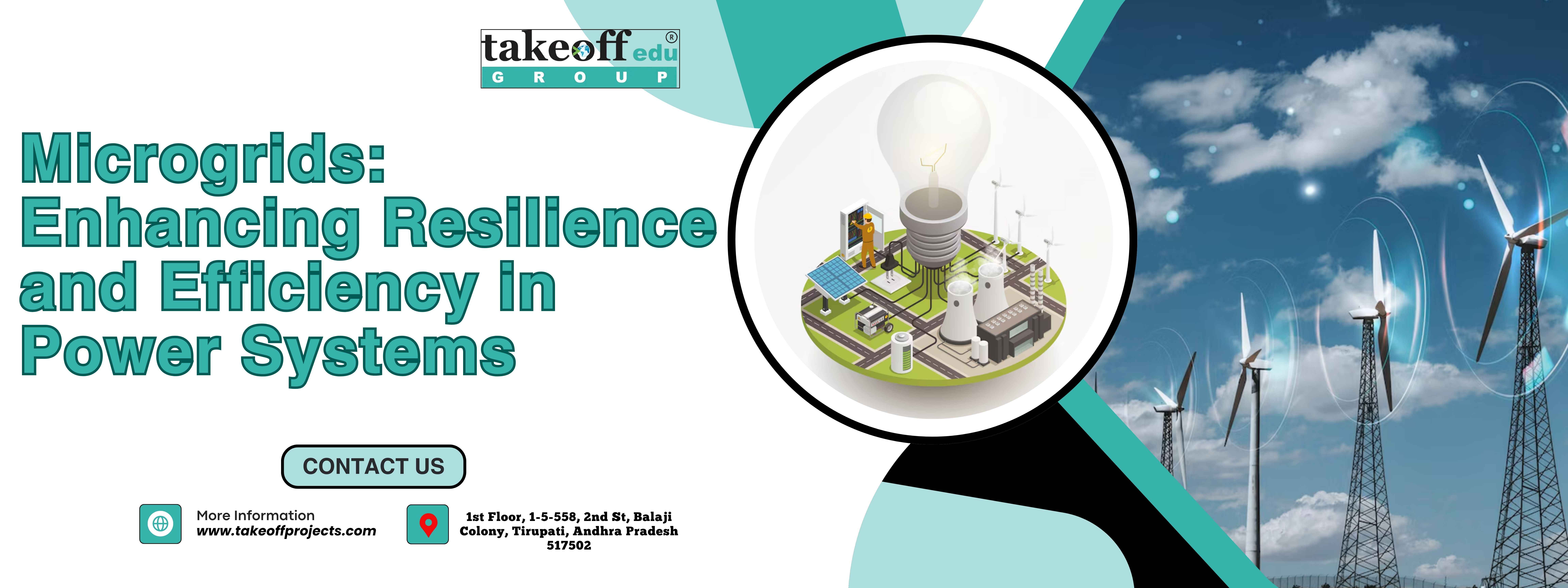 Microgrids: Enhancing Resilience and Efficiency in Power Systems
Microgrids: Enhancing Resilience and Efficiency in Power Systems 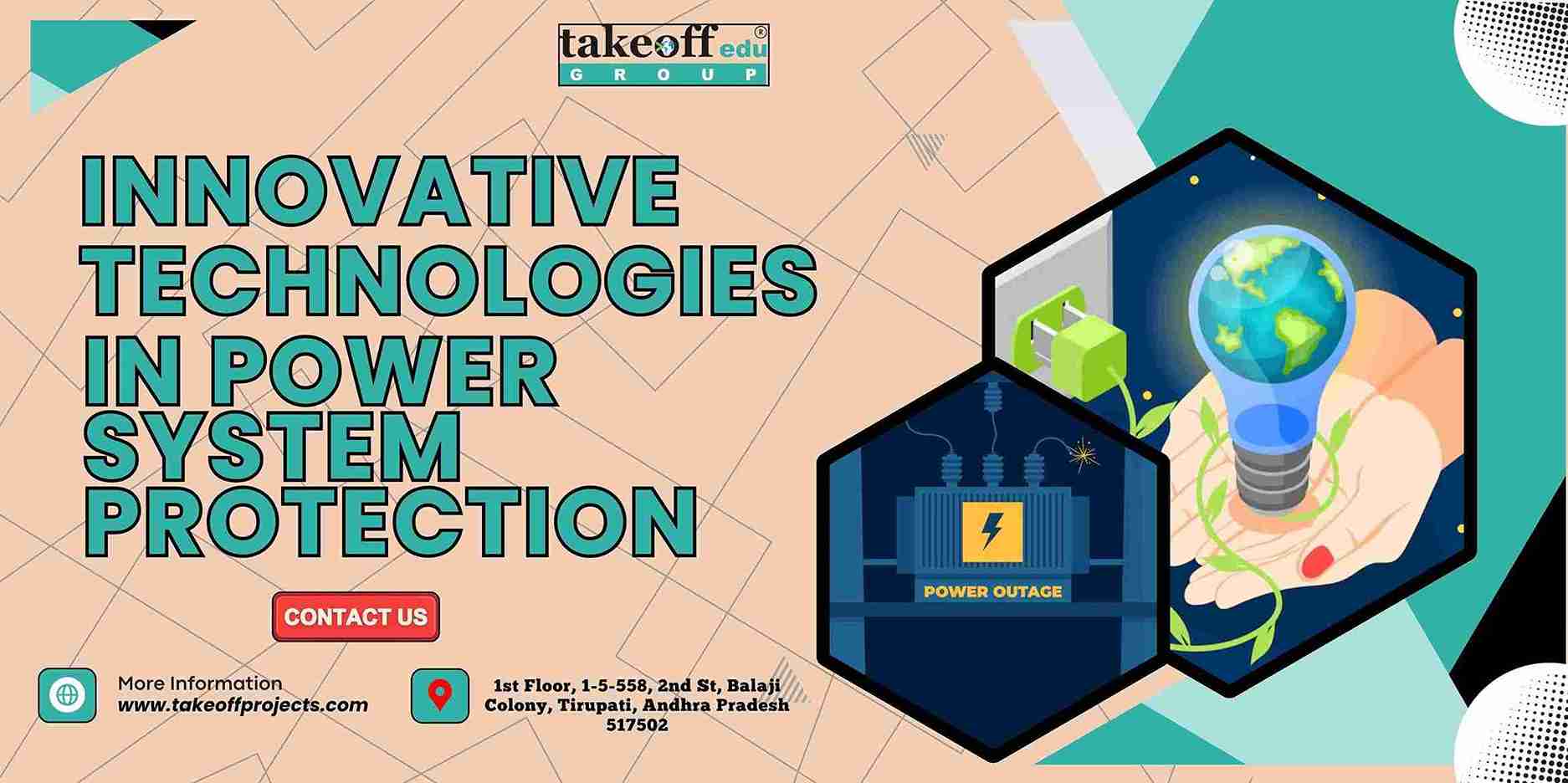 Innovative Technologies in Power System Protection
Innovative Technologies in Power System Protection  Challenges and Solutions in Power System Stability
Challenges and Solutions in Power System Stability 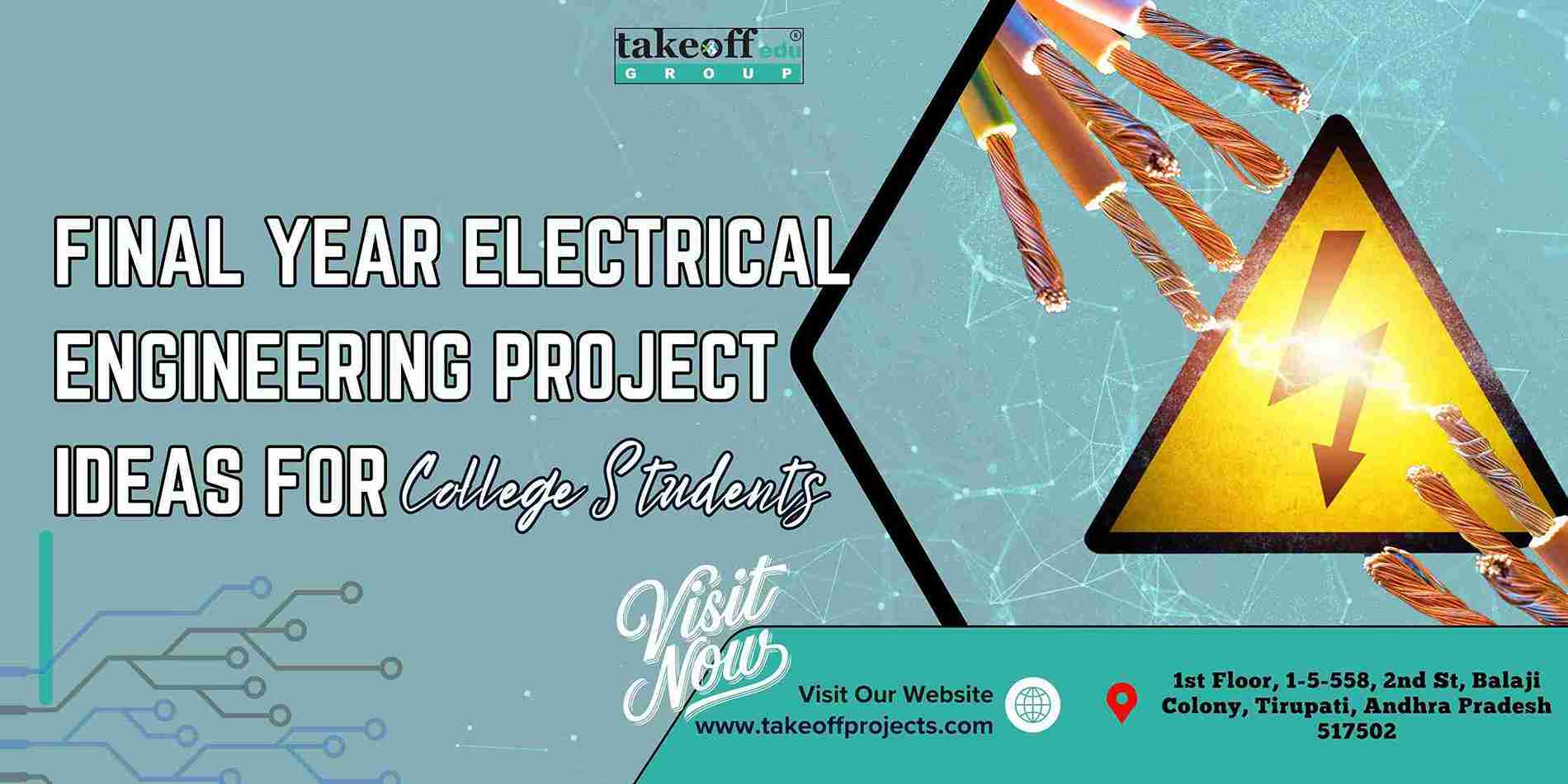 Final Year Electrical Engineering Project Ideas for College Students
Final Year Electrical Engineering Project Ideas for College Students  The Role of Renewable Energy in Modern Power Systems
The Role of Renewable Energy in Modern Power Systems  Smart Grids: Revolutionizing the Future of Power Systems
Smart Grids: Revolutionizing the Future of Power Systems  Automated Power Factor Correction: Improving Energy Efficiency
Automated Power Factor Correction: Improving Energy Efficiency 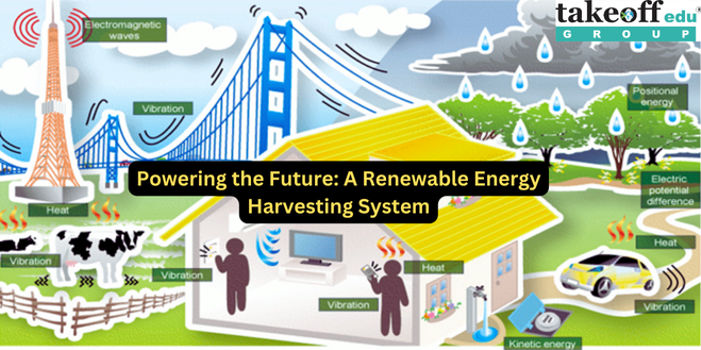 Powering the Future: A Renewable Energy Harvesting System
Powering the Future: A Renewable Energy Harvesting System 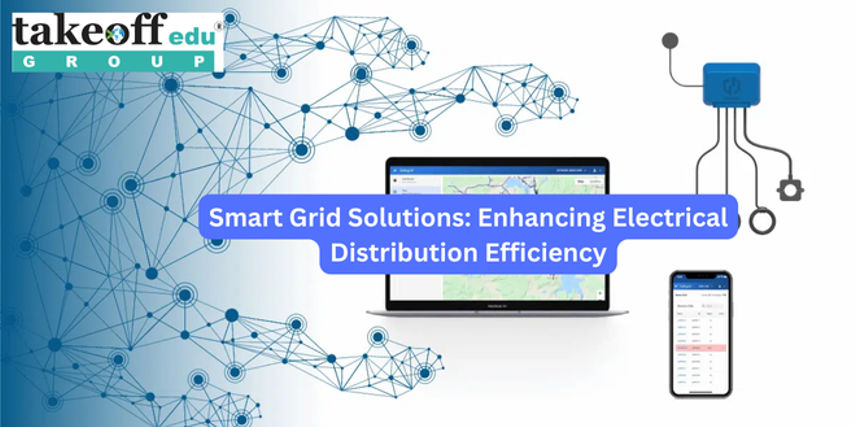 Smart Grid Solutions: Enhancing Electrical Distribution Efficiency
Smart Grid Solutions: Enhancing Electrical Distribution Efficiency 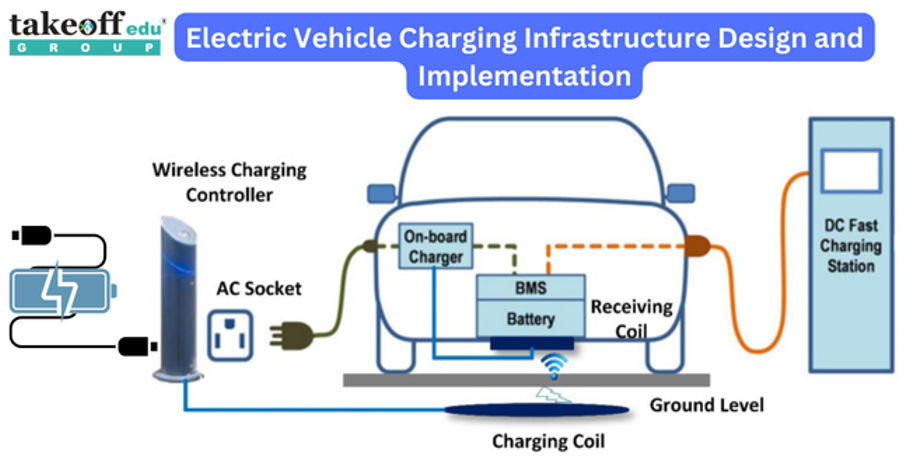 Electric Vehicle Charging Infrastructure Design and Implementation
Electric Vehicle Charging Infrastructure Design and Implementation 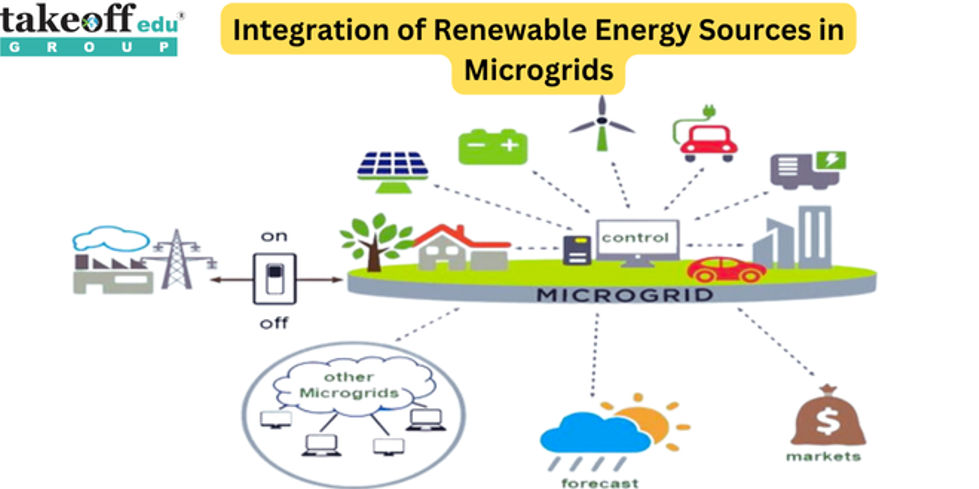 Integration of Renewable Energy Sources in Microgrids
Integration of Renewable Energy Sources in Microgrids  Electrical Projects Engineering Students
Electrical Projects Engineering Students  M.Tech Thermal Engineering Projects
M.Tech Thermal Engineering Projects 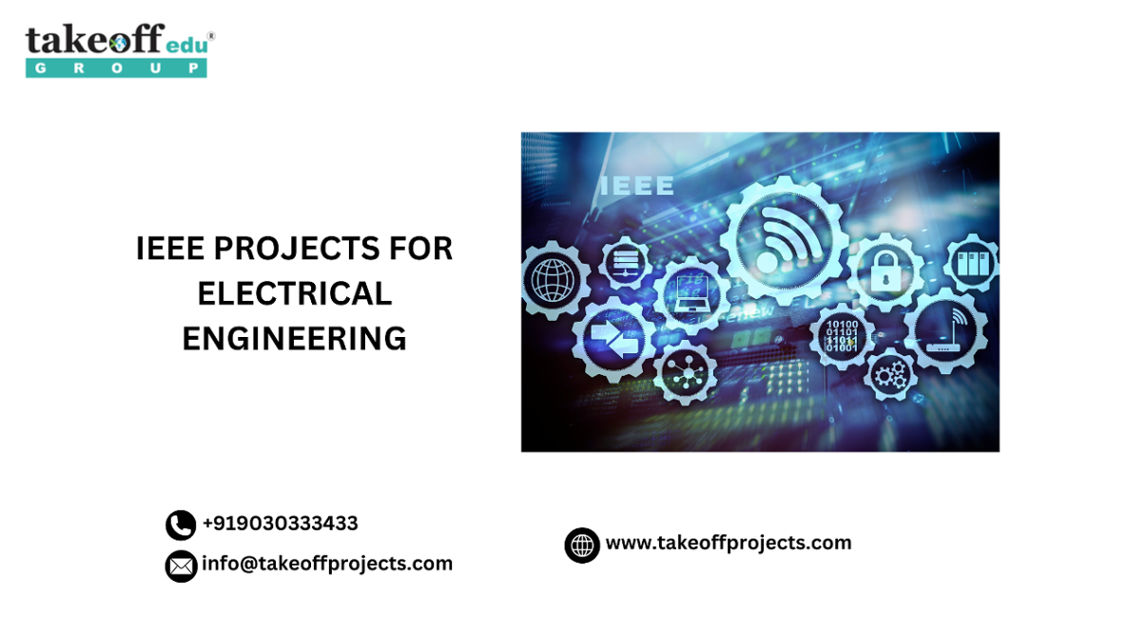 IEEE Projects for Electrical Engineering
IEEE Projects for Electrical Engineering  Mini Projects for EEE
Mini Projects for EEE  Mini Projects for Electrical Students
Mini Projects for Electrical Students  Top Electrical Projects for Final Year Students
Top Electrical Projects for Final Year Students  10 Interesting Projects for Electrical Engineering Students 2022
10 Interesting Projects for Electrical Engineering Students 2022  7 Trending Power Systems Based Projects for EEE
7 Trending Power Systems Based Projects for EEE  Top 10 Power Electronics Projects for EEE
Top 10 Power Electronics Projects for EEE  Top 16 Electrical Engineering Projects
Top 16 Electrical Engineering Projects 
 Paper Publishing
Paper Publishing


